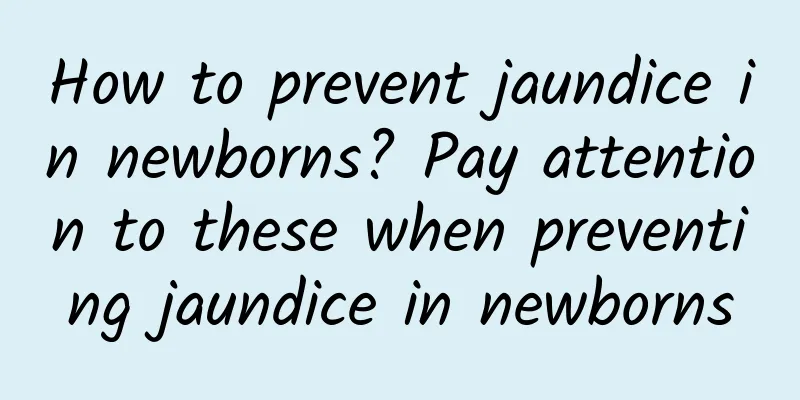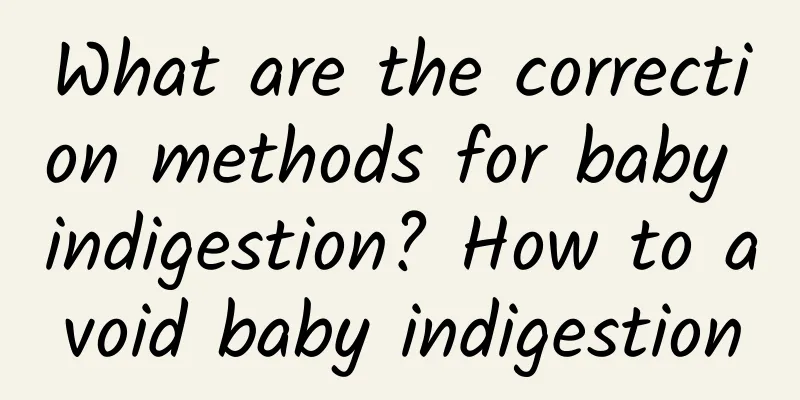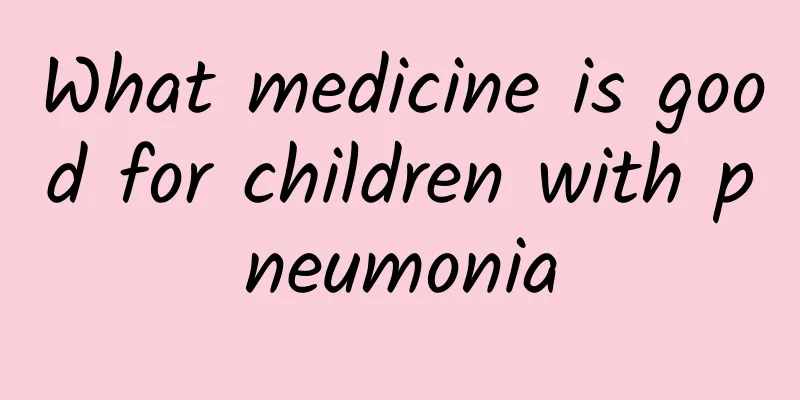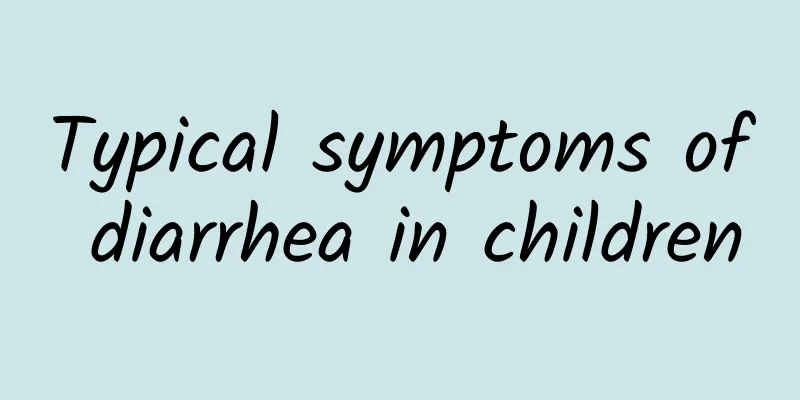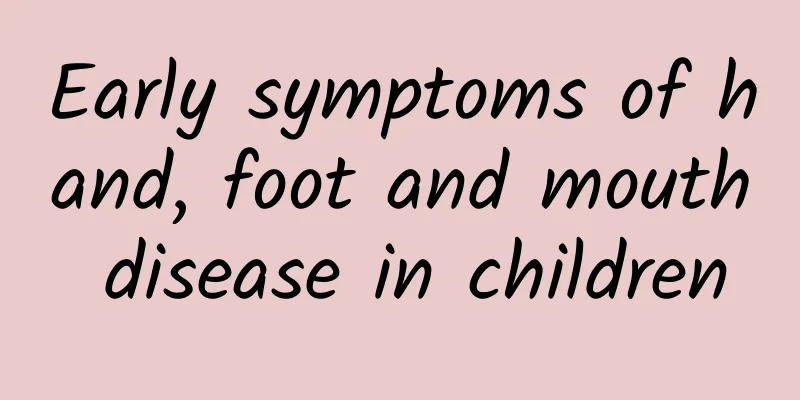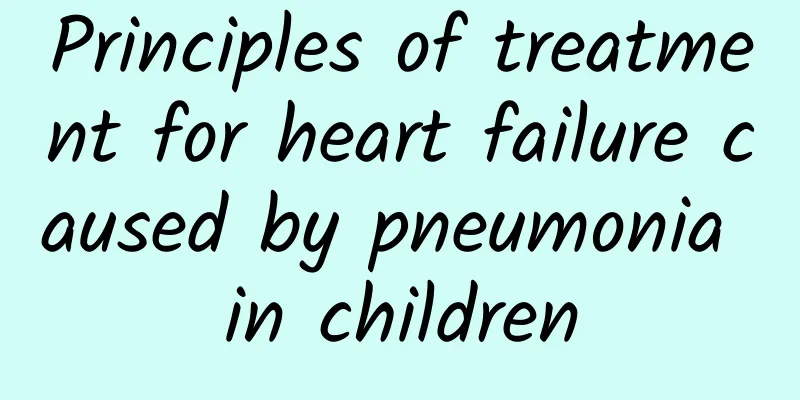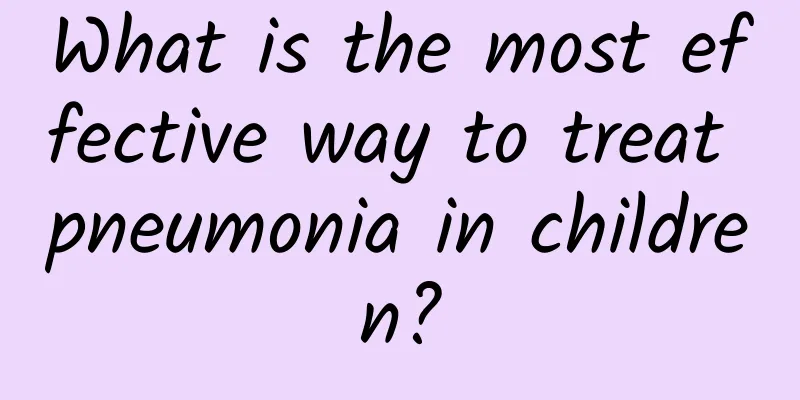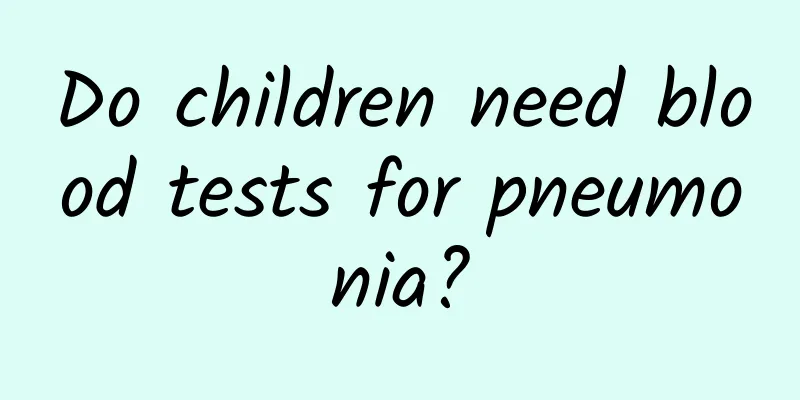Can antibiotics be used directly for children with diarrhea? How to solve children with diarrhea
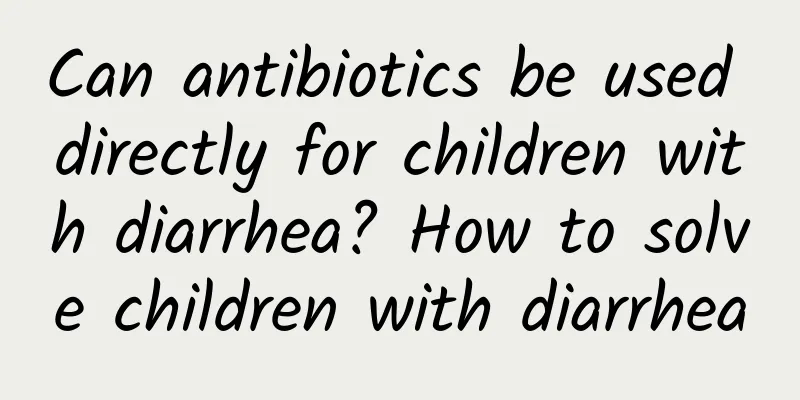
|
In hot weather, children have little self-control, so they are prone to eating this and that, which results in stomach upset. Diarrhea must be treated as soon as possible, because prolonged diarrhea can easily lead to dehydration and cause harm. However, many current treatments rely on antibiotics. So, can antibiotics be used directly for children with diarrhea? How to treat children with diarrhea? 1. Do not abuse antibiotics for diarrhea Pediatric diarrhea is a group of diseases caused by multiple causes and factors. Infection is the main cause. Its pathogens include bacteria, viruses, fungi, etc., and anti-infection treatment is required. However, the long-term use of antibacterial drugs, especially broad-spectrum antibiotics, can lead to intestinal flora disorders, making diarrhea worse or protracted. At present, the phenomenon of abuse of antibiotics in the treatment of diarrhea in China has attracted attention from all sides. There are 100 to 400 kinds of bacteria in the normal human intestine, including beneficial bacteria and harmful bacteria. 95% of beneficial bacteria are bifidobacteria, and harmful bacteria such as Escherichia coli, Pseudomonas aeruginosa, Staphylococcus aureus, Enterococcus, Candida albicans, etc., are not pathogenic under healthy conditions. Beneficial bacteria and harmful bacteria restrain and coordinate with each other to maintain normal microecological balance, and can also block the invasion of external bacteria, thereby maintaining the health of the body. Once the environment changes or antibiotics are used for a long time, beneficial bacteria are suppressed, their number decreases sharply or disappears, harmful bacteria increase, and intestinal flora becomes chaotic, resulting in persistent diarrhea and secondary fungal enteritis. Countermeasures: (1) There is no specific drug for viral infections, and symptomatic treatment is the main approach. If confirmed as viral enteritis such as rotavirus enteritis, antibiotics do not need to be used, as the course of the disease is short and can heal on its own. (2) For bacterial diarrhea that produces enterotoxins, such as enterotoxin-producing pathogenic Escherichia coli enteritis, antibiotics do not need to be used or should be used less frequently. Antibiotics are only suitable for invasive bacterial infections such as Shigella dysenteriae, Campylobacter jejuni, and Salmonella. For patients with mucus and blood in the stool, a significant increase in white blood cells in stool microscopy, and abdominal pain and tenesmus, antibiotics are needed. For mild patients, berberine and oral gentamicin can be used. For severe patients, norfloxacin, ofloxacin, ciprofloxacin, ampicillin, and polymyxin can be used. For stubborn and resistant Salmonella typhimurium, third-generation cephalosporins combined with amikacin or ciprofloxacin can be used. (3) Once intestinal flora disorder or secondary fungal enteritis occurs, the use of Hu-yisu should be stopped and microecological preparations such as live bifidobacteria, lactobacilli, and live fecal streptococci should be given to support normal intestinal bacteria, restore normal microecological balance, and resist the invasion of foreign pathogens. In case of concurrent fungal enteritis, oral toxin inhibitors can also be added. 2. Treatment of diarrhea in children 1. Treatment of acute diarrhea (1) Diet therapy: Breastfed children should continue breastfeeding and stop feeding complementary foods; bottle-fed children can be fed with an equal amount of rice soup or other milk substitutes, gradually transitioning from rice soup, porridge, noodles, etc. to a normal diet. Those with severe vomiting can temporarily fast for 4-6 hours (but not water), and continue feeding after recovery, starting with less and then increasing, and from thin to thick. (2) Correct water, electrolyte and acid-base imbalance. ① Oral rehydration: For mild dehydration, the amount of oral rehydration is about 50-80ml/kg, and for moderate dehydration, it is about 80-100ml/kg. The accumulated loss will be replenished within 8-12 hours. ② Intravenous rehydration: Suitable for children with moderate or severe dehydration, severe vomiting and diarrhea, or abdominal distension. (3) Drug treatment ①Infection control: Patients with watery diarrhea (about 70%) are mostly caused by viruses and non-invasive bacteria, and can be treated with proecological preparations and mucosal protectants. Patients with mucus, pus and blood in their stools (about 30%) mostly have invasive bacterial infections. Antimicrobial drugs should be selected empirically based on the clinical characteristics and pathogens, and then adjusted based on the results of stool bacterial culture and drug sensitivity tests. ② Microecological therapy: Microecological preparations such as Bifidobacterium and Lactobacillus acidophilus help restore the ecological balance of normal intestinal flora, inhibit the colonization and invasion of pathogens, and control diarrhea. ③Intestinal mucosal protective agents: can absorb pathogens and toxins and maintain the absorption and secretion functions of intestinal cells, such as montmorillonite powder. 2. Treatment of persistent and chronic diarrhea (1) Actively identify the causes of prolonged disease progression and treat them accordingly. Avoid abusing antibiotics and avoid stubborn intestinal flora imbalance. (2) Prevent and treat dehydration and correct electrolyte and acid-base disorders. (3) Nutritional therapy: Children of this type often have nutritional disorders, and continued feeding is beneficial to promoting disease recovery and repairing intestinal mucosal damage. (4) Drug treatment: ① Supplement trace elements and vitamins: such as zinc, iron, niacin, vitamin A, C and B vitamins, etc., which help repair the intestinal mucosa. ② Apply microecological regulators and intestinal mucosal protectants. Traditional Chinese medicine has good therapeutic effects based on syndrome differentiation and treatment, and can be combined with Chinese medicine, massage, spinal massage, acupuncture and magnetic therapy. |
>>: How to take care of hand, foot and mouth disease? How to treat hand, foot and mouth disease?
Recommend
What to do if your baby has a cold? Here are 3 things you must do if your baby has a cold
When taking care of their babies, many mothers ar...
Does neonatal jaundice require treatment?
Does neonatal jaundice require treatment? Whether...
What medicine can children with hand, foot and mouth disease take to cure
Hand, foot and mouth disease in children is a sel...
What diseases should be differentiated from acute laryngitis in children
What diseases should be differentiated from acute...
What are the drugs for treating seizures?
What are the drugs for treating convulsions? The ...
What to do if your 7-month-old baby has a runny nose? Try these 4 ways to deal with your baby's runny nose
The baby's nasal mucosa is of very high quali...
Is it normal for a child to cough when he has chickenpox?
Whether it is normal for a child to cough when ha...
Does yellow urine mean jaundice is being eliminated?
High jaundice and yellow urine may be a sign of l...
What should I do if my 8-month-old baby has indigestion? What are the symptoms of indigestion in babies?
8. Indigestion in infants After the holidays, the...
What causes body coldness?
Feeling cold may be the result of many factors. W...
How to effectively care for children with pneumonia? Two obvious characteristics of children with pneumonia
Infants and young children are prone to respirato...
What are the preventive measures for early stage kidney disease in children?
According to relevant statistics, many children s...
How to distinguish between cold and flu in children? Check these 3 points
To distinguish whether a child has the flu or a c...
What are the cough medicines for children?
What are some common cough medicines for children...
Is the incidence of tonsillitis in children high? What are the causes of tonsillitis in children?
Tonsillitis in children is mainly caused by viral...
